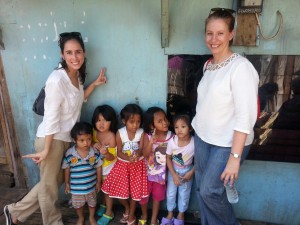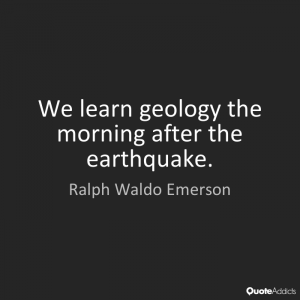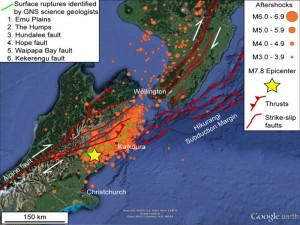It's 28 days until Christmas so those of us who celebrate Christmas are likely to be thinking of gifts for people they are fond of. Anyone who teaches however gives of themselves year round by offering their time, talent and energy to develop a new generation (of engineers in the case of myself and the staff in our Department).
My role at the University brings the value of giving and philantrophy into focus. Recently I have been out and about at school prizegivings - this year Waitakere College, and Whangarei Girls High. At Waitakere it was my pleasure to present one the inaugural awards of the Clarke Undergraduate Scholarship (on behalf of the University).That award will be truly life-changing for the recipient who receives $22,000 per year for up to 4 years of study in a Bachelor of Arts program. In Whangarei I presented a runner-up prize in a nationwide contest our Department runs (NZ's Next Top Engineering Scientist - with support from Fisher & Paykel Healthcare and Orion). The depth and breadth of talent among the girls in that team was truly impressive.
The spirit of giving back is alive and well among the young people we play a role in educating. One (of the many) examples of that is the tutoring work done by the NCEA campus group. Many of their tutors and leadership team have come from the Department of Engineering Science of the years. That group "is a not-for-profit, youth-for-youth organization promoting equality of opportunity in the New Zealand education system, by indiscriminately providing access to quality support for all students tackling external exams."
Philanthropic projects can be great way to build community. In 2009 I was part of "Team Well Engineered" who completed the Oxfam Trailwalker event - a 100km walk (i.e. each individual walking the whole distance, not as a relay!) which we finished in 30 hours and 49 minutes - raising over $5000 for Oxfam in the process. We developed a reputation for "fun"-raising in the Faculty during our "fund"-raising. Completing a challenge like that takes grit, but that's always useful in other arenas!
My work gives me opportunities to visit many communities - in NZ and beyond. While travelling I like to do whatever I can to understand those communities. My work in geothermal energy takes me to Indonesia quite often. On a trip there last year I went on a guided tour with a small group into the "hidden" Jakarta - down dark alleyways into mazes of shacks where people live in poverty. The visit was humbling. I use it as "fuel" to keep working on various projects to support geothermal energy development in Indonesia - in the hope that access to electrcity can become more universal for it's people.






